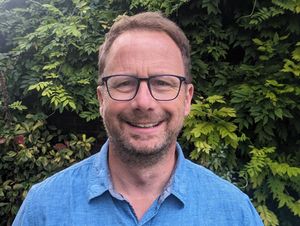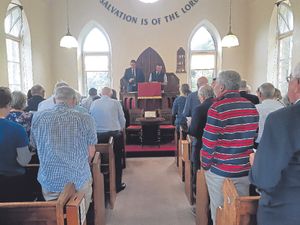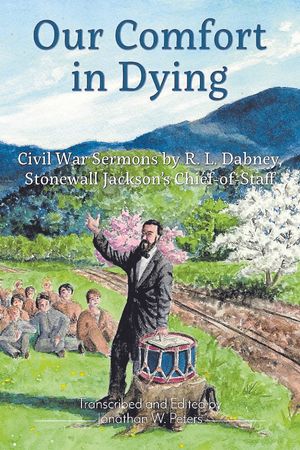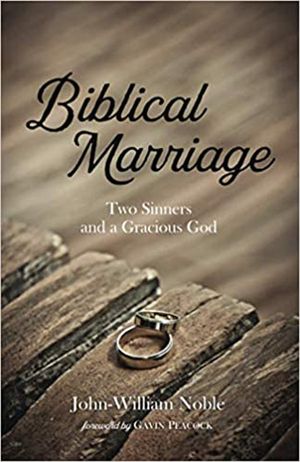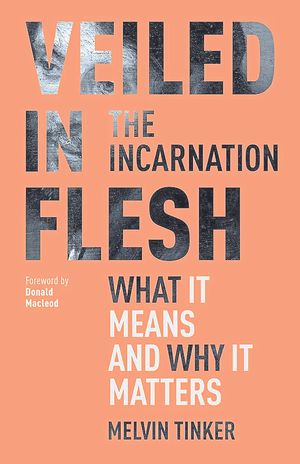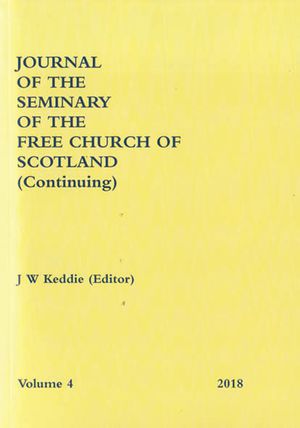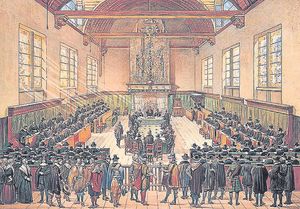Needless to say, this did not go down well with other churches in the city! The three uniting congregations were an Independent Holiness Church, a charismatic House Church, and a Brethren Assembly. The new church was led by Bryn Jones.
This event marked the emergence of ‘Restorationism’ as a separate strand within the charismatic movement, distinct from the renewal.
Alongside Bryn Jones, Arthur Wallis led the Restorationist movement in the north of England. John Noble, from north-east London, was probably the dominant figure in the south at first. Later Gerald Coates from Cobham and Roger Forster of the Ichthus Fellowship in south London emerged as leading national figures.
Bible Weeks
Restorationism was soon being propagated through its Bible Weeks. From 1976 the Dales Bible Week took place at Harrogate. A year or two later another southern leader, Terry Virgo, set up the Downs Bible Week in Sussex.
In the late 1970s, Restorationism was intentionally different from the renewal – in that it had no interest whatever in staying within the denominations or trying to revive them. The call of Restorationism was ‘Come out!’
The very name of the new church in Bradford betrayed its belief and aims. It was the Bradford Church – the church in Bradford. It saw itself at that time as the only legitimate church in the city, and believed that all Bradford’s Christians ought to come over and join it.
Terry Virgo spoke of the need for ‘a redistribution of Christians’. The idea was that all true believers should abandon the failed and compromised churches and ‘come together’ in a new, visible, universal expression of the body of Christ.
Many of us will probably have some sympathy with that emphasis. The problem was that the criteria used by Restorationists to assess other churches were seriously flawed. Any church which did not endorse its charismatic agenda was, by definition, apostate – even faithful, evangelical, gospel churches.
Separate movement
The Restorationist movement itself already existed in 1975. As has been mentioned, one of the three founding congregations in Bradford was a charismatic House Church. Already prior to 1975, there were those who had abandoned the denominations and decided to start again.
What was new, however, was that in October 1975 Restorationism came out into the open. Until then it had appeared to be a particular brand of renewal – slightly more radical, perhaps, but still part of the same stream. But during the late 70s it became apparent that this was in fact a quite separate movement.
The way had been prepared in the early 70s. The call to ‘come together’ had already been made in a subtle way. Around 1972 a Christian musical called ‘Come Together’ was doing the rounds, and proving popular, even in circles untouched by charismatic renewal.
It was a kind of softening-up tactic, preparing for the moment when Restorationism would go public with its radical agenda.
For there was a quite definite agenda behind these developments. It may not have been wholly thought-out at the beginning. Certainly, it had not been fully articulated. However, it did not take long for the Restorationist movement to clarify where it was heading.
Restored world
Its key note was, ‘God is doing a new thing’. The ‘new thing’ was the supposed restoration of the church under apostolic leadership, to take the world for Jesus and so prepare the way for his Second Coming.
Restorationists longed for a revival which would give rise to godly governments and societies throughout the world. They believed that it was only when the church had fulfilled its commission and Christianised the entire world (with all its structures and institutions) that the King would return.
In effect, the church had to bring in the kingdom, and then the King would come to claim and receive it.
Before it could achieve this, the church would have to be restored. This included the restoration to the church of (1) the ‘word-gifts’ (speaking in tongues, prophecy, and words of knowledge); (2) the ‘sign-gifts’ (healing, demon expulsion, and raising the dead); and (3) true ‘worship’ (the end of lifeless, formal services and their replacement by celebrations of exuberant joy).
The church was to be the paradigm of a restored world – hence direct words from God and plentiful miracles were to be the signs of the coming of the kingdom in all its fulness.
Apostles again
The other thing which needed to be restored – and this was probably the most important thing to Restorationists – was apostleship. Apostolic ministries were to be in the very vanguard of the advance of the kingdom of God towards the Second Coming. Apostles were to be something like the cabinet of the kingdom in its surge towards world domination.
I have only ever personally heard one man actually call himself an apostle. Generally Restorationists preferred to speak of apostolic teams. These were regional church leaders who would cohere around a figurehead from their area of the country.
Bryn Jones led an apostolic team to which churches from the north of England related. Terry Virgo led an apostolic team focused on the south coast. Others, like David Tomlinson of Middlesbrough, John Noble in London, Barney Coombs of Basingstoke, Gerald Coates in Surrey, and a little later Derek Brown of Farnborough and Stuart Bell of Lincoln, emerged as significant regional leaders.
Although apostolic teams were regionalised, there was considerable overlap and interweaving nationwide.
Battle songs
It quickly became apparent that the songs coming out of the Restorationist wing of the charismatic movement carried a new emphasis. Whereas the renewal emphasised personal devotion to Jesus, Restoration songs were far more kingdom and battle oriented. The restoration of the church and revival in the world were dominant themes.
The following two songs illustrate this point. The first was introduced at the Dales Bible Week in 1984:
There’s a great and mighty army in the earth today,
Dressed in splendid armour they’re in full array.
The host of darkness trembles when they walk their way,
There’s a great and mighty army in the earth today.
So let’s shout, let’s shout the victory,
The enemy is under our feet.
So let’s shout, let’s shout the victory,
For great is our King, great is our King,
Great is the King of kings.
The second is from the Downs Bible Week song book of 1986:
The Lord has displayed his glory,
The kingdom is coming in power.
The Spirit has come bringing life from the dead,
How excellent is our God.
Hallelujah, let your kingdom come –
Let the blind see, let the deaf hear,
Hallelujah, let your kingdom come –
Let the lame man leap like a deer.
Jesus, we acclaim you Lord of all creation,
Bringing your kingdom to us now.
No right to exist?
Restorationism set off with an ambitious programme after 1975. Its goal was to see one mega-church in every community. Bigness was perceived as a major weapon in the breaking down of Satan’s strongholds.
And they went for it with great energy. By the early 1980s, the Clarendon Church in Hove, where Terry Virgo was the apostle-pastor, had attained a membership of over 1,000.
Some of the methods used to achieve this explosive growth were questionable, at least from the viewpoint of those outside the Restorationist movement. Accusations of deliberate poaching of members from other churches were valid.
But then, people who believe that theirs is the only church in the area with a right to exist – because all the others are unrestored – are not going to be unduly worried by such considerations!


